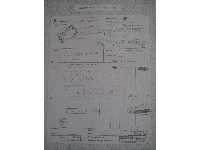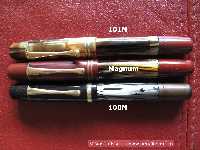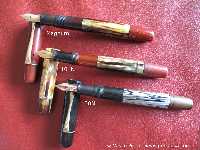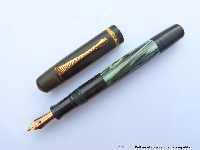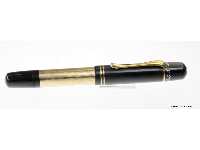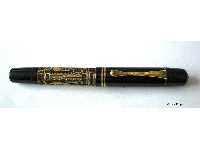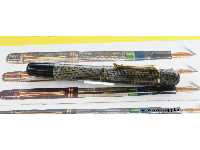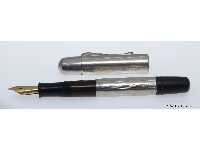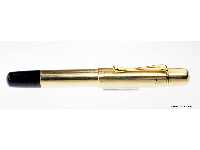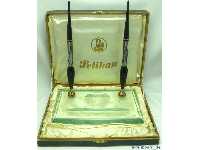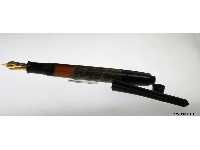Pelikan Magnum EMEGE predecessor of the Pelikan 100N
1935 — 1936
On a delivery slip from 31th of December, 1935 the term 'Portugise Featuring' is used. The pen is based on the model 100, but, however, already elements of the later Pelikan 100N and is a little larger than the later sold regular version.


